READY TO GET STARTED?
REQUEST A FREE ESTIMATE
Fill out the form below or call (888) 466-7849 for a free, no-obligation estimate.
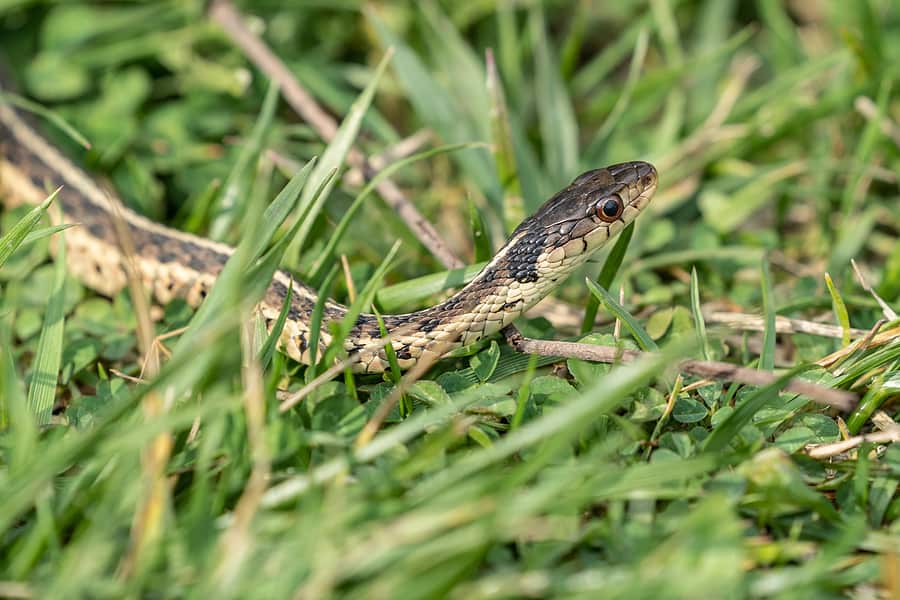
Warm weather means it’s the time of year when snakes are active, emerging in search of food and to bask in the sunlight for warmth. Although most snakes you encounter are nonvenomous, there are a few venomous snakes in Georgia. While many people may not enjoy running into a snake near their home, they can be quite beneficial to have around. Snakes eat other problematic pests that commonly infest your home, such as rodents, making them a natural form of pest control. If the thought of a snake sharing your space still makes you uneasy, try these DIY snake repellent methods to keep your yard snake free.
A frequent ingredient in many commercial snake repellent products is napthalene. It is one of the most widely used repellents. If you don’t want to buy a commercial product, napthalene is the major component of moth balls. The odor of napthalene annoys snakes but does not kill them. Mothballs should be placed in any holes, gaps, or crevices on your property where snakes could be an issue. If moth balls are consumed, they can be toxic and dangerous to children or pets, so use caution or avoid using them if you have pets or children in your home.
Powdered sulfur is an excellent snake repellent. If you sprinkle powdered sulfur around your home and property, snakes will avoid it since it bothers their skin. Because sulfur has a strong odor, wear a mask that covers your nose and mouth when applying it.
Clove and cinnamon essential oils are powerful snake repellents. For best efficacy, combine these ingredients in a spray bottle and spray directly on snakes. Caution is advised because snakes frequently run in the opposite direction of the spray. This mixture can also be used as a fumigant in a diffuser.
Garlic and onions contain sulfonic acid, which repels snakes (the same chemical that makes us cry when we slice onions). For maximum effectiveness, combine this with rock salt and sprinkle around your home and yard. Infuse garlic into any essential oil and use to fumigate rafters, basements, and other difficult-to-reach areas.
Because snakes dislike the odor of ammonia, spraying it over any frequented locations is one alternative. Another approach is to soak a rag in ammonia and place it in an open bag near snake-infested areas to keep them away.
Vinegar repels snakes near bodies of water, particularly swimming pools. For a natural snake deterrent, pour white vinegar around the perimeter of any body of water.
Mix lime with hot pepper or peppermint and sprinkle it around the perimeter of your home or property as a snake deterrent. Snakes dislike the fragrance of the mixture, and the fumes irritate their skin.
Snakes consume rodents, frogs, birds, moles, voles, insects, and even fish. If these food sources are removed, the snakes will move on in search of another source.
Inspect the exterior of your home and property carefully and repair any cracks or holes you find. Repair any gutters, plumbing, or ventilation ducts that are damaged. Repair or replace any damaged window and door screens. Snakes will also seek refuge in wood piles and garbage piles. Store firewood in sealed, lockable wood boxes if possible. Remove any heaps of wood chip mulch, straw mulch, leaves, or other debris that may have accumulated on your land.
Garden on a regular basis to remove any snake attractants such as debris, holes, and overgrowth. Keep the grass short to eliminate snake hiding areas. Install snake-proof fencing consisting of steel mesh, plastic sheeting, or a capture net. If you do put up fencing, make sure it is flush with the ground, oriented outward, and at least 3 feet high and 4 feet deep. You can also use things that snakes find difficult to slither over, such as holly leaves, pine cones, egg shells, and gravel. Planting snake repellent plants, which provide a natural deterrent, is another option. Marigolds, lemongrass, and wormwood are some typical examples.
If these DIY methods aren’t working or you just feel more comfortable with professional help, contact your local pest control company for a quote on snake removal services.
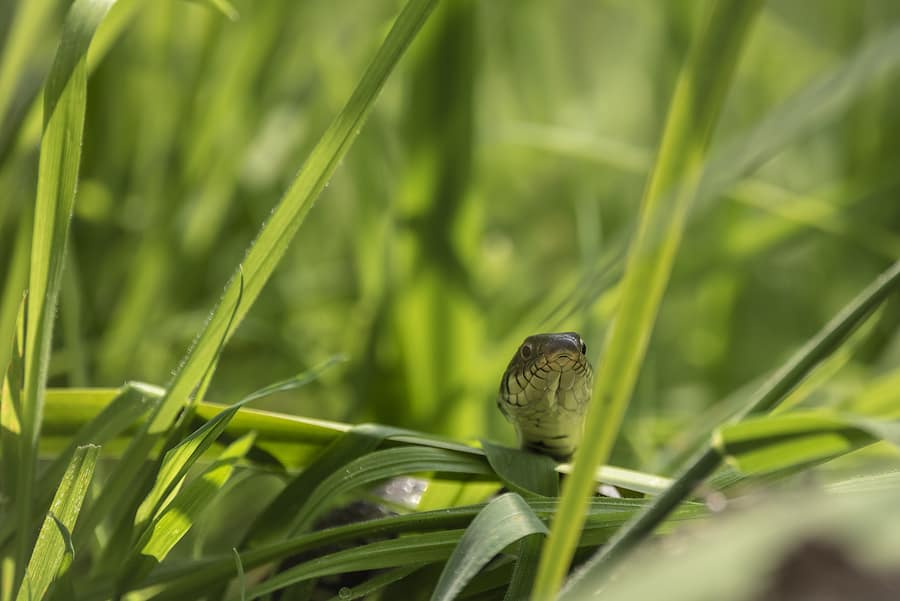
While most snakes you encounter are harmless, many of us still don’t want to come across one in our yard or home. While our first instinct may be to run, most snakes are actually beneficial to have around – they help keep other pest populations under control (rodents, frogs, etc.).
Snakes will come into your yard in search of 2 things: shelter and food. Snakes will seek out shelter to have a place to rest, breed, and hunt. Common places snakes are found include overgrown grass, dense brush or shrubs, leaf piles, rock piles, compost, or areas with moisture like underneath bird baths, around leaky faucets and hoses, or near ponds or swimming pools. Snakes will also come looking for food. Snakes love to eat rodents, moles, frogs, fish, snails/slugs, and other small insects.
If you prefer not to encounter snakes around your home, here are 7 natural ways you can keep snakes away.
Snakes will come around looking for food so if your home provides them with that, you’ll be more likely to encounter them. Getting rid of these food sources will encourage snakes to move along in search of something to eat. Make sure common pests that snakes like to eat are kept under control. Scheduling routine pest control can help with this.
Snakes are also attracted to areas with a lot of moisture. Eliminate standing water in your yard where possible. Repair leaky faucets and replace leaky hoses. Keep pools, ponds, and other water features maintained. If using sprinklers, make sure they are running in the morning so the water has time to soak in or evaporate before it gets dark. This helps keep soil in your yard from being too wet.
Snakes will look for places around your home to hide so they can breed and rest. Get rid of coiled hoses or use hose boxes. Avoid using rock piles in your landscaping, if possible. Store firewood in boxes or elevate it when possible. Keep your grass mowed and dense brush cleared out. Seal off or add fencing to any open areas under sheds or other buildings. If you are using snake-proof fencing, make sure it is made of steel mesh or plastic sheeting, it is at least 3 feet high and 4 feet deep, it is flush with the ground, and it is angled outward.
Some plants are known to repel snakes. Try to incorporate these plants into your landscape design where possible. Common snake-repelling plants include marigolds, lemongrass, Mother-in-Law’s tongue, wormwood, onion, and garlic.
Gophers, moles, and voles dig burrows across your yard. Once they’ve been eliminated, these old gopher holes and burrows can remain on your property. Snakes will commonly use them for shelter as they provide a great place for them to hide, rest, and breed. Fill in any of these holes and burrows with dirt or gravel. This will help deter snakes from using them.
Snakes have a few natural predators that can help keep them away. Common snake predators include cats, raccoons, pigs, turkeys, guinea hens, and foxes. Keeping any of these animals around your home will help deter snakes from coming near. You can also buy fox urine and sprinkle it around your property to help deter snakes, as well.
There are several natural products that are known to repel snakes. These natural snake repellents can be used around the perimeter of your property, around pools, along the edges of ponds, and anywhere else you have noticed snake activity.
Despite our best efforts, snakes can still make their way into our yards and homes. If you have a problem with snakes, contact your local pest control company who specializes in snake removal who can help you properly identify the type of snake you have (venomous vs nonvenomous) and help safely and humanely remove it from your property.
How Do Cockroaches Get Into the House?
Identify and Prevent Brown Recluse in Your Tennessee Home
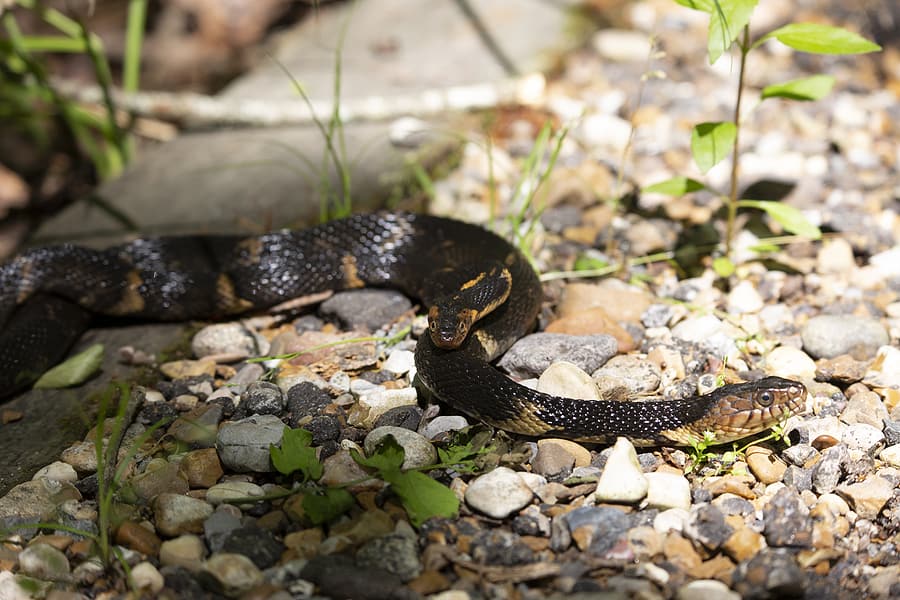
As the weather warms up, snakes will begin to emerge from brumation (a state of deep sleep that reptiles and amphibians enter during periods of cold weather). Although it can be scary encountering a snake in your yard or in your home, the majority of them mean you no harm. In fact, most don’t want anything to do with humans at all! Most North American snakes are harmless and, in fact, there are only 5 venomous snakes in the state of Georgia.
The first step in preventing snakes is to figure out what is attracting them to your yard and home in the first place. Snakes will typically come around in search of either food or shelter. By eliminating these attractants, snakes will be less likely to hang around your personal space.
Snakes will often come around in search of a place to hide out from predators or to lie in wait for their own prey. Try to avoid debris and rock piles in your yard. Don’t pile rocks up in your landscaping or let other debris accumulate in your yard. Snakes will also use tall grass to hide in so keep grass mowed short and mow it frequently. Mulch attracts both snakes and their food sources. Try to use less mulch or use another type of ground cover if possible. Store firewood away from your home and elevate it if possible as snakes will hide in the cracks and crevices.
Snakes will primarily come around looking for or chasing food. Snakes are known to feed on rodents, birds, insects, and amphibians so eliminating these pests from your home and yard will also help keep snakes away. Excessive moisture attracts all of these food sources so try to avoid overwatering your lawn and getting rid of any standing water. Pick up fallen fruit as rodents and other pests love to eat them. The same goes for spilled birdseed from birdfeeders. Feed pets indoors if possible and, if not, don’t leave pet food out overnight. Keep trashcans clean and seal them tightly. Keep garages clean and clutter free. Inside, keep kitchens and other food areas clean.
Snakes will use a variety of methods to get into your home, garage, attic, or basement. Routinely inspect the exterior of your home and try to identify any potential entry points. Seal any cracks around your foundations, walkways, and porches. Consider installing fencing made of rigid mesh that is at least 2 feet tall and buried 4″ to 6″ into the ground. You can also attach aluminum flashing to the outside bottom portion of the fencing. Make sure the screens on your doors and windows are tightly sealed and in good repair. Use galvanized screens to cover your vents and drains. Close up cellar doors, broken gutters, pet doors, unsealed basement windows, open crawlspaces, and holes in your roof or siding. Keep tree branches trimmed back away from your home. Use gravel or other uneven ground cover as snakes cannot move or hide as easily on these.
When snakes are spotted around your home your first instinct is usually to either run away or get rid of it. While they can be disturbing, most snakes are actually beneficial to have around – eating other pests and keeping their populations under control. If you have an issue with snakes, contact your local pest control company who can help identify what type of snake you are dealing with and help catch and relocate it safely and humanely.
Controlling Millipedes In and Around Your Home
How To Keep Wildlife Out of Your Yard
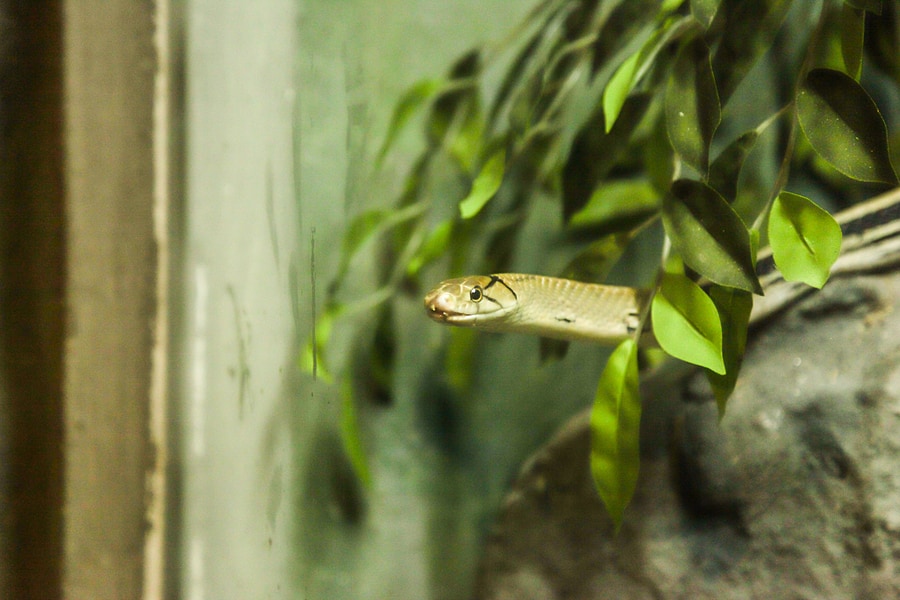
Although many people don’t welcome the sight of a snake in their yard, they are actually quite beneficial to have around. Snakes eat mice, grubs, slugs, and other insects around your home and are also a source of food for birds of prey like hawks. While most species of snakes are non-venomous, there are a few types of snakes that are venomous in our area. For this reason, you should never handle a snake unless you are 100% sure you know what species it is. Most snakes will bite when harassed whether they are venomous or not.
There are many natural snake repellent methods out there today with one of the most common being mothballs. But are they really effective? According to experts at the Blue Ridge Poison Center the answer is a resounding NO. Mothballs are made of either naphthalene or paradicholorbenzene. Both of these chemicals are hazardous to both humans and animals if exposed to or ingested. The chemical makeup of each of these substances allow them to turn into gas when they are exposed to the air – resulting in the strong smell we usually associate with mothballs. These fumes can cause dizziness and irritation to the eyes and the lungs. If ingested, mothballs can cause a condition called hemolytic anemia which is very dangerous. Mothballs also resemble candy to young children, making them more likely to pick them up and handle or eat them.
So if mothballs aren’t the answer, how can you get rid of snakes? Here are a few snake prevention tips you can use safely around your home.
If you have a problem with snakes or other wildlife, contact your local pest control company who can help identify pest attractants, points of entry, and provide you with safe and humane snake removal services.
Fleas & Ticks: What’s the Difference?
Bed Bugs: Where Do They Come From?
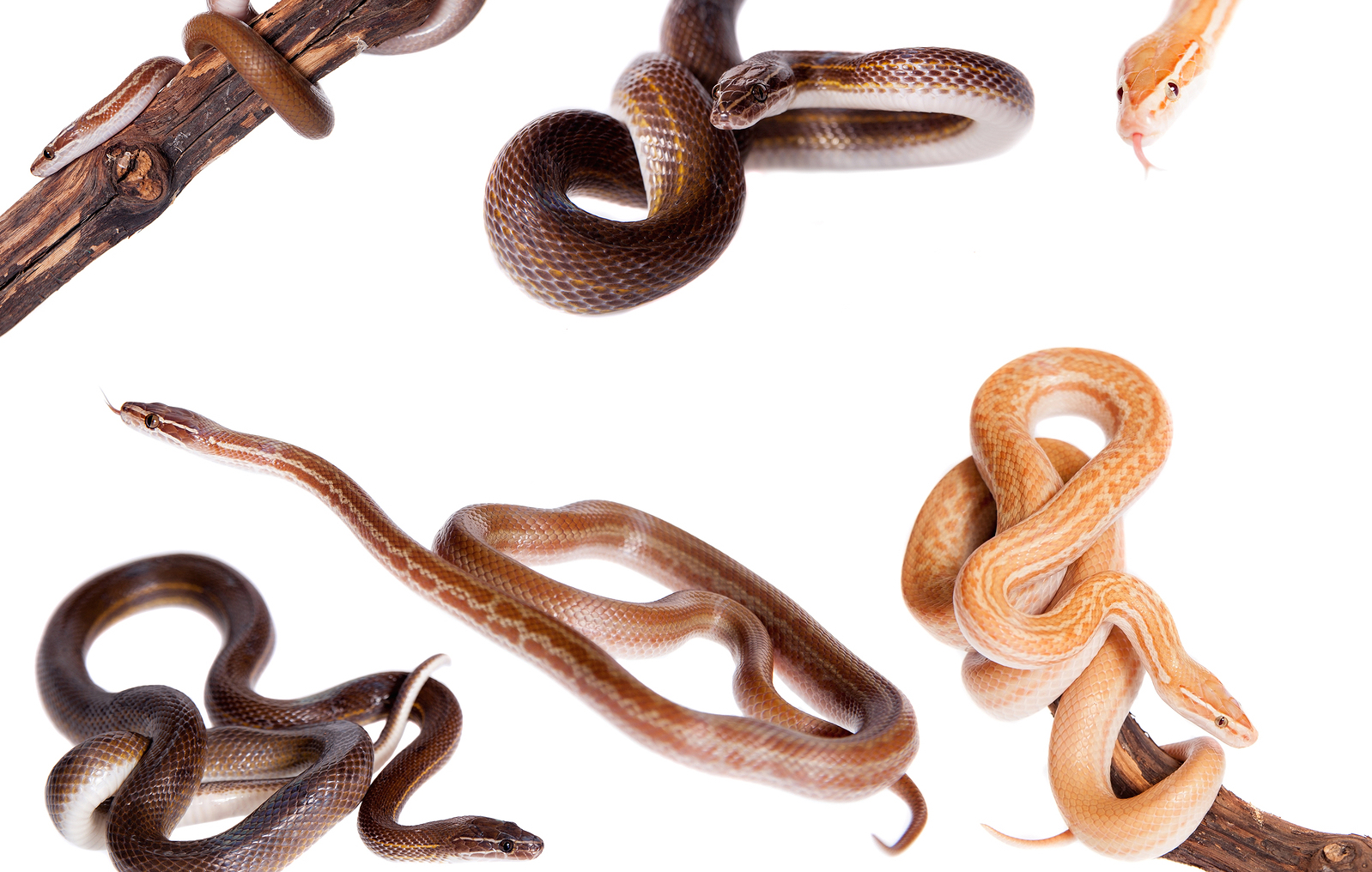
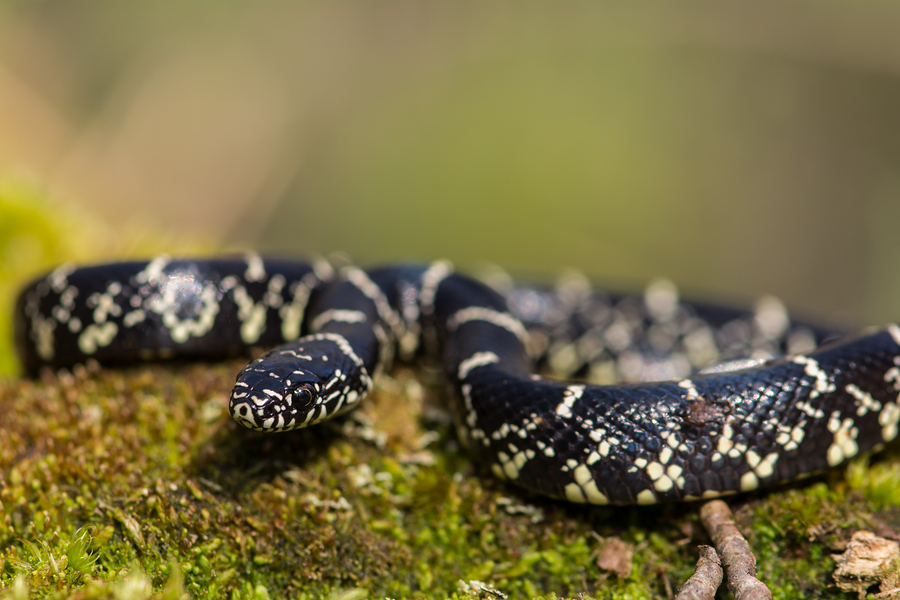
What do they look like?
Where do you find them?
How dangerous are they?
How do you prevent and/or control them?
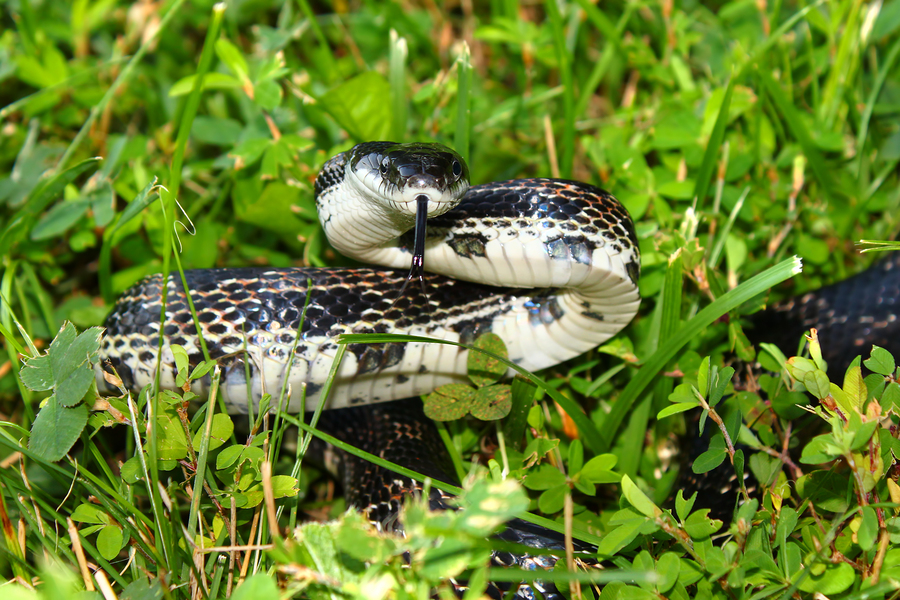
What do they look like?
Where do you find them?
How dangerous are they?
How do you prevent and/or control them?
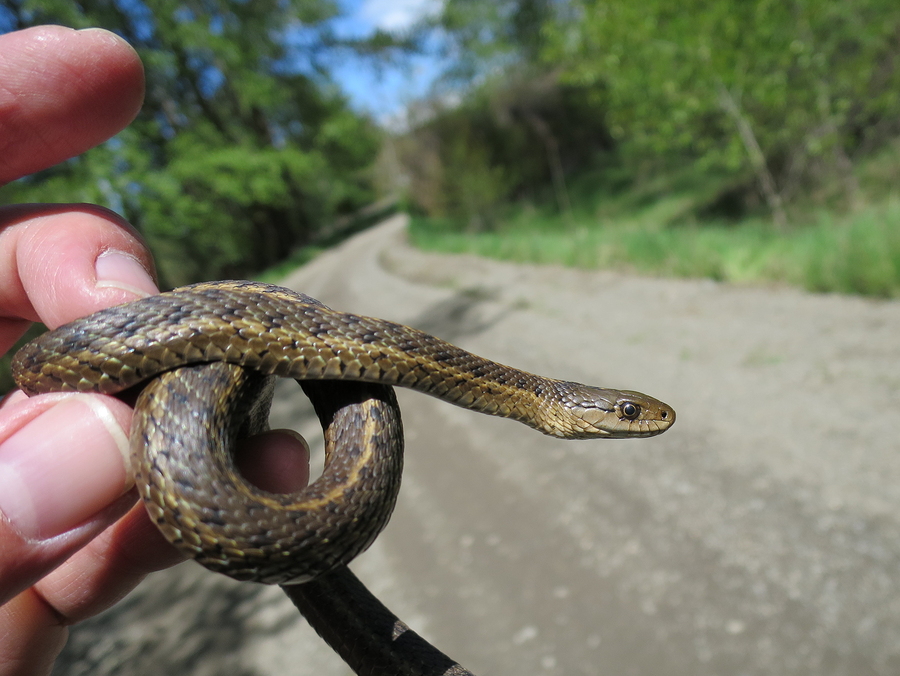
What do they look like?
Where do you find them?
How dangerous are they?
How do you prevent and/or control them?
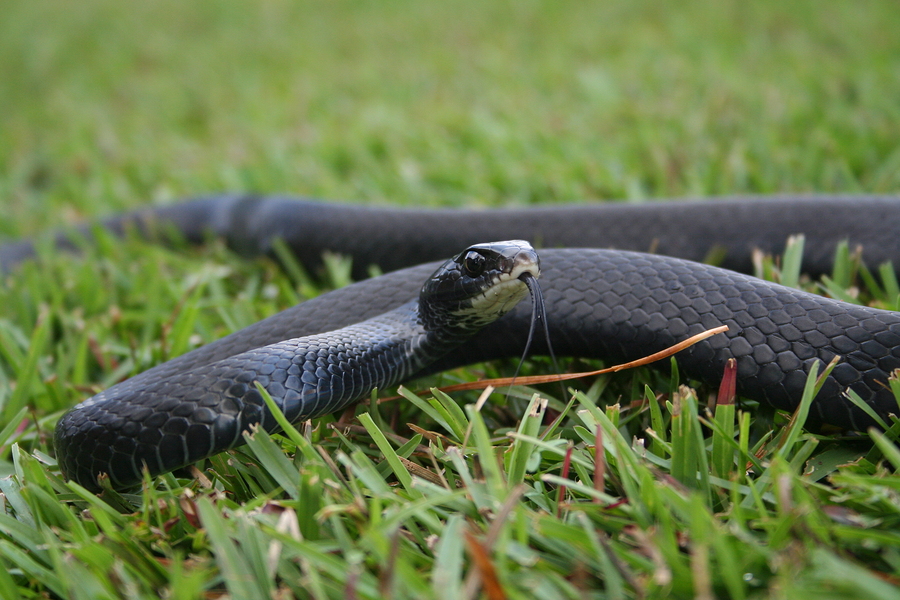
What do they look like?
Where do you find them?
How dangerous are they?
How do you prevent and/or control them?
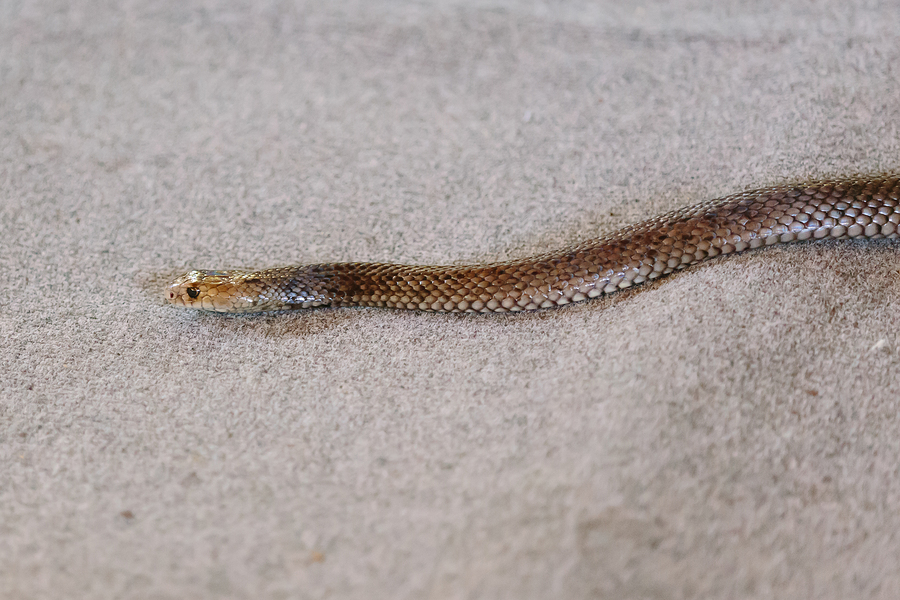
What do they look like?
Where do you find them?
How dangerous are they?
How do you prevent and/or control them?
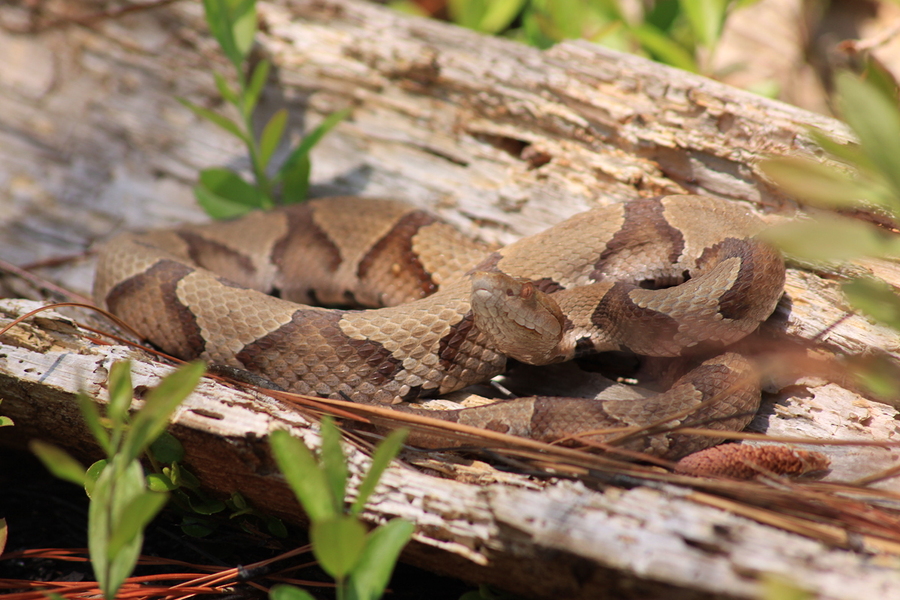
What do they look like?
Where do you find them?
How dangerous are they?
How do you prevent and/or control them?
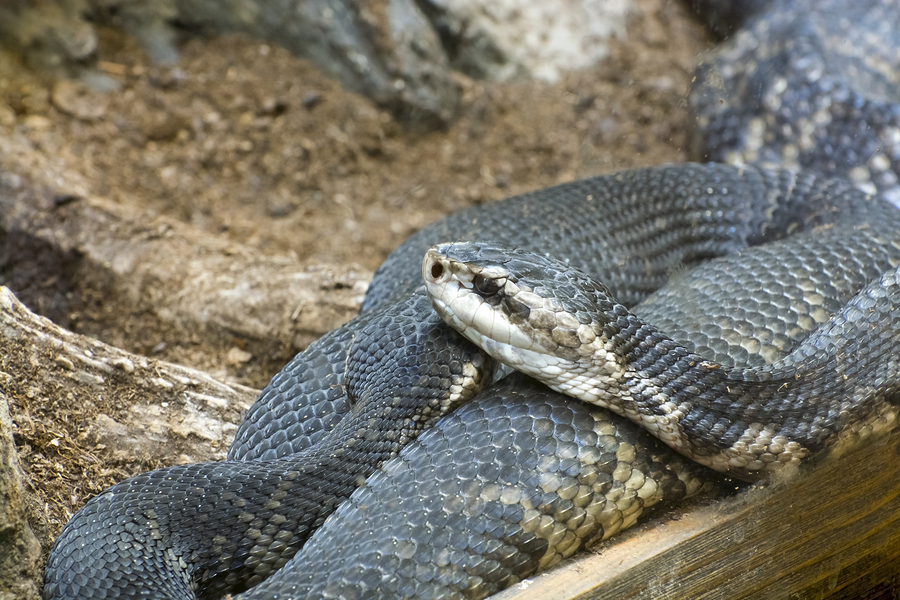
What do they look like?
Where do you find them?
How dangerous are they?
How do you prevent and/or control them?
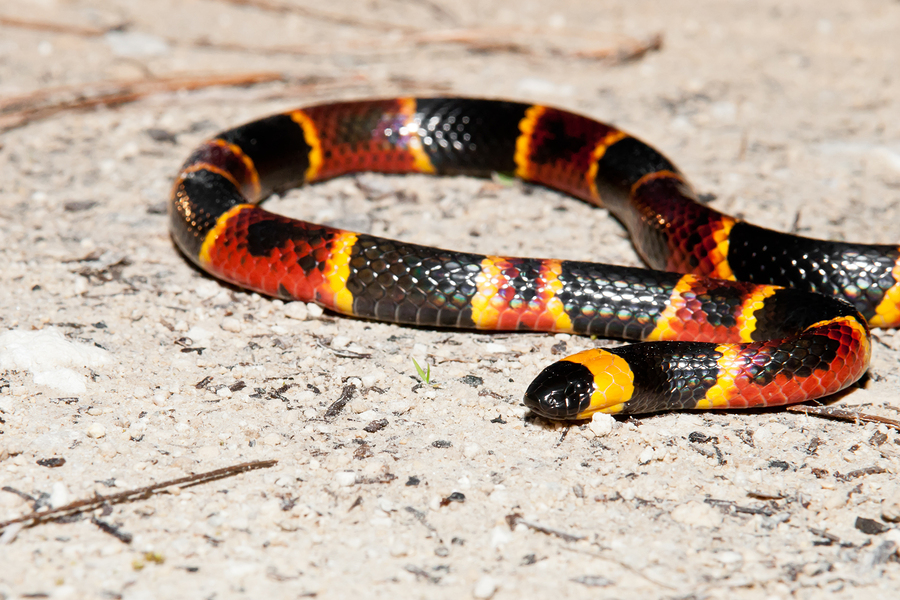
What do they look like?
Where do you find them?
How dangerous are they?
How do you prevent and/or control them?